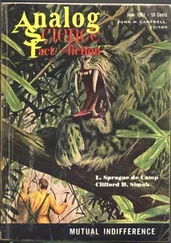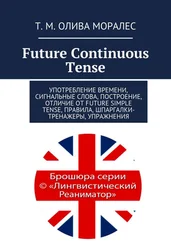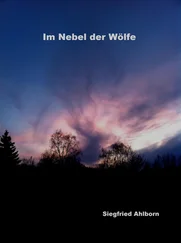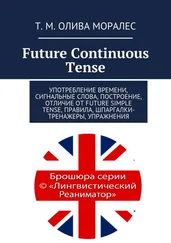Keywords: damage characterization, decay pattern, Iran, rock relief
Naqsh-e Rustam archeological site is located in Marvdasht municipal territory, in the Fars province, Iran (Figure 1). The site served as a necropolis during the Achaemenian (550–330 BC) and Sassanian (224–651 AD) periods (Schmidt 1970). Naqsh-e Rustam contains the rock-cut tombs of four celebrated kings of ancient Persia, Darius the Great, Xerxes, Artaxerxes, and Darius II.
This paper deals with the conservation issues related to the outstanding bas-relief decorations of these tombs. During the recent years, reports about their progressive decay were repeatedly presented by local conservation experts as well as visitors. Different hypotheses were presented about the causes of threats and decay rates which may be 72put into two main classes. Those which relate the current situation of rock reliefs to the long-term exposure to the open-air weathering processes. On the other hand, it is argued that the rate of decay is drastically increased during the last decade due to anthropic factors such as air pollution, as well as climatic changes such as unexpected seasonal floods and land subsidence.
Due to the difficulties in getting access to the tombs which are located in the upper parts of vertical cliffs, no report, mapping or analytical data was in hand about their previous state of conservation. Therefore, not only a close examination of the stone substance had to be done, but also it was necessary to obtain a clear picture of the state of conservation of the reliefs in the past decades or even longer periods, if possible.
Another specific feature of these reliefs which were dealt with during the previous attempts for conservation in one of the tombs (Darius I) was the uncovering of polychromy. Therefore, it was important to consider the possibility of encountering such features also on other tombs and to discuss their decay problems as well. This study was carried out with the aim to support the decay mapping of rock reliefs, which can be used as a measure for systematic monitoring and mitigation of the risks in the framework of a preventive conservation program in the future. For this reason, a combined methodology consisting of different approaches were applied for data collection about the reliefs. In the meanwhile, it became possible to discover aspects of the original decoration, which was hidden for many years from the experts and visitors.
Data were collected for this research through three approaches:
a) Mapping the current situation
b) Collection of historical data for assessing the decay phenomena in a time framework
c) Sampling from representative points and analytical studies for understanding the decay
The bas-reliefs are located at heights between 15 and 38 meters, on the perpendicular rocks. There-fore we inevitably required scaffoldings to gain access to the monuments. The local conservation teams had conventionally used rock climbing equipment under guidance of bouldering professionals for reaching the surface of interest. However, since 2018, scaffoldings have been mounted in front of the tomb of Xerxes, for preforming emergency conservation works.
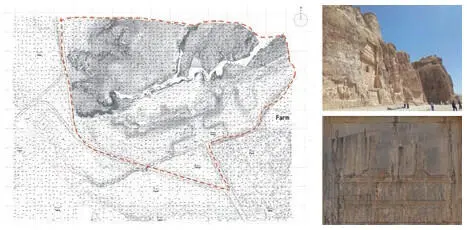
Figure 1:Map of Iran with the location of the site and rock-cut tomb of Xerxes in Naqsh-e Rustam and its bas-relief decorations.
Close examination was done on the rock reliefs which showed various patterns of decay for the monument. These features were classified using ICOMOS-ISCS glossary on stone decay patterns and UNI 11187:2006 (ICOMOS-ISCS, 2008 & UNI, 2006) based on the mapping methodology developed by Fitzner et al., (1995). The orthophotograph output of laser scanning documentation was used to generate the base map on which the decay features were transported.
In the next step, the decay patterns and their distribution on the surface of rock reliefs were compared with historical resources to assess the changes occurred by the passage of time. The site was one of the main destinations of travelers and scholars since the 17th century. Based on this reality, a search was done for archival material including the site condition in the past. After identification and collection of the historical resources, we focused on any indication of deterioration problems. Not only the graphic sources, such as old photos and drawings, were compared with the decay map, but also, we consider older written materials such as travelers’ accounts with reference to the reliefs. Some of them were analyzed during the 20th century, however, these data were never studied from 73the conservation point of view. For example, the Engelbert Kampfer’s report about the site (1712) was neglected mostly because of the difficulty in translating its specific style of Latin, which was finally partially translated into German in the mid 20th century. However, those parts about Naqsh-e Rustam were put aside. After the completion of these phases, the decay processes were tentatively assessed, on the basis of the collected information, comparing them to the present state of the site, attempting to locate them on the map.
This approach was followed by sampling from representative points on the reliefs. Considering 3 different elevations and the variety of the decay features identified during the mapping process, in total 14 samples were taken from the rock monument.
Two samples were taken from the rock for its characterization. They were taken from the places where detachments had occurred, from the walls due to cracks. Two more samples were taken from the undamaged part of the rock from places more distant from the monument. Other samples were taken from the weathered surface layers (Table 1). Moreover, traces of polychrome decoration on the stone were revealed in the course of emergency conservation operations, which were covered for centuries under layers of soil depositions and crusts. The samples were studied by means of optical and SEM microscopic observations of thin sections and cross-sections, as well as SEM-EDX and XRD analyses. Observations on thin sections and cross-sections of samples were accomplished using a stereomicroscope Leitz Wild M420 at different magnifications and a Scanning electron microscope JEOL 5910 LV, source tungsten filament, coupled with X-ray spectrometer (EDS) in a dispersion of IXRF-2000 energy in order to observe the sequence of the superimposed crusts and samples with traces of polychromy. Analyses were conducted in low vacuum conditions. The compositional nature and distribution of elements on sample was investigated by EDS spectra and maps from 0 to 20 keV. X-ray diffraction was carried out on powdered samples by PANalytical X’Pert PRO X-ray diffractometer, with geometry goniometer θ–θ. The diffractograms were recorded between 3° and 75° 2 θ with a scanning speed of 0.21 θ/sec, using a Cu Kα radiation, a PW generator 3040/60 in the conditions of 40 kV and 40 mA, and a solid-state multi-detector X’Celerator PW3015/20, with Ni filter. Results were interpreted by the use of the X’Pert HighScore software.
In order to give a more comprehensive view to the problem of decay patterns in Naqshe-Rustam, we preferred to focus on one of the main weathering phenomena which predominate the decay patterns in this site and contributes to the progress of other decay problems. We finally discussed one of the specific findings about the remaining traces of surface polychrome decorations, which seem to be very rare and need specific care and conservation measures in the future.
Preliminary Results and Discussions
Читать дальше


